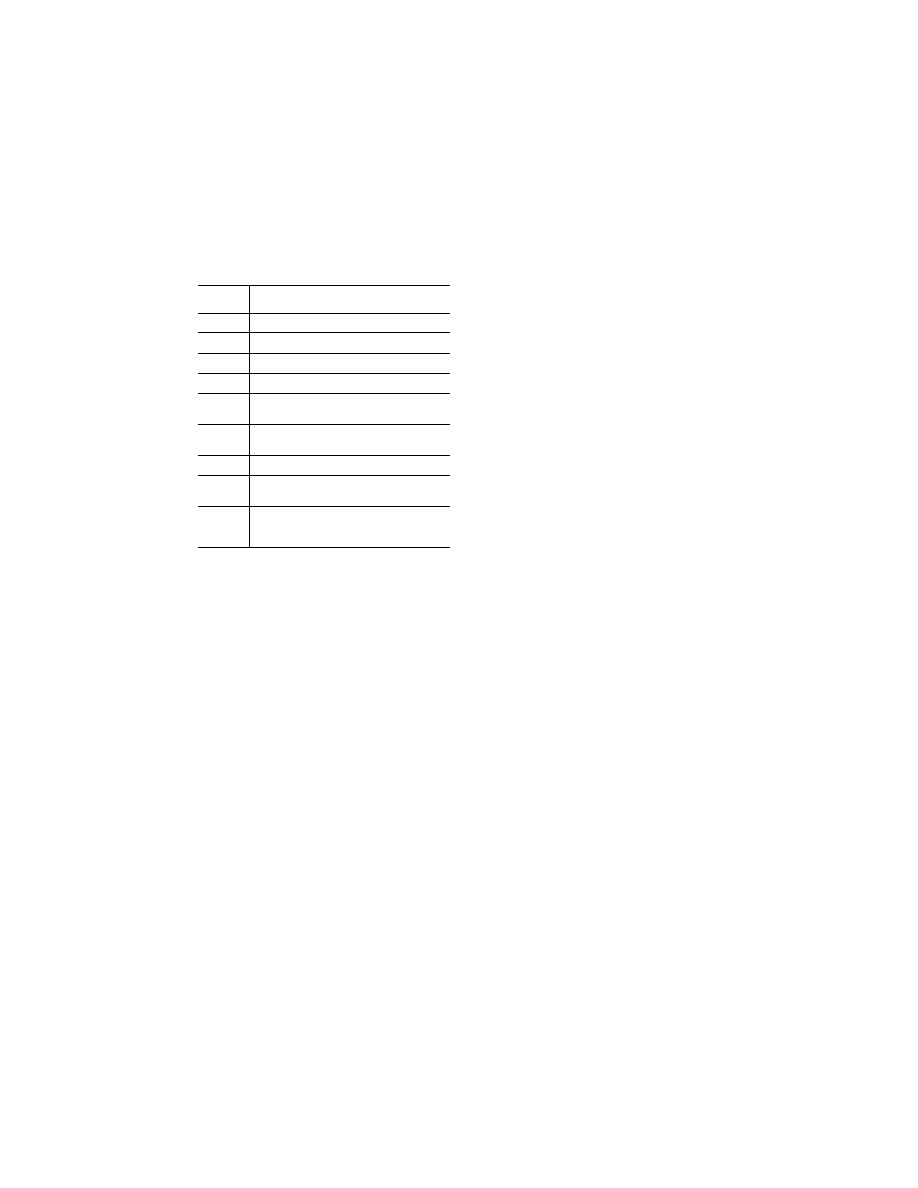
338
14 CFR Ch. I (1–1–19 Edition)
Pt. 60, App. C
T
ABLE OF
C
ONTENTS
—Continued
Paragraph
No.
Title
9. ..............
Engineering Simulator—Validation Data.
10. ............
[Reserved]
11. ............
Validation Test Tolerances.
12. ............
Validation Data Roadmap.
13. ............
Acceptance Guidelines for Alternative Engines
Data.
14. ............
Acceptance Guidelines for Alternative Avionics
(Flight-Related Computers and Controllers).
15. ............
Transport Delay Testing.
16. ............
Continuing Qualification Evaluations—Validation
Test Data Presentation.
17. ............
Alternative Data Sources, Procedures, and In-
strumentation: Level A and Level B Simula-
tors Only.
1. I
NTRODUCTION
a. If relevant winds are present in the ob-
jective data, the wind vector (magnitude and
direction) should be clearly noted as part of
the data presentation, expressed in conven-
tional terminology, and related to the run-
way being used for the test.
b. The NSPM will not evaluate any simu-
lator unless the required SOC indicates that
the motion system is designed and manufac-
tured to safely operate within the simula-
tor’s maximum excursion, acceleration, and
velocity capabilities (see Motion System in
the following table).
c. Table C2A addresses helicopter simula-
tors at Levels B, C, and D because there are
no Level A Helicopter simulators.
E
ND
I
NFORMATION
lllllllllllllllllllllll
B
EGIN
QPS R
EQUIREMENTS
2. T
EST
R
EQUIREMENTS
a. The ground and flight tests required for
qualification are listed in Table of C2A, FFS
Objective Tests. Computer-generated simu-
lator test results must be provided for each
test except where an alternative test is spe-
cifically authorized by the NSPM. If a flight
condition or operating condition is required
for the test but does not apply to the heli-
copter being simulated or to the qualifica-
tion level sought, it may be disregarded (
e.g.
,
an engine out missed approach for a single-
engine helicopter, or a hover test for a Level
B simulator). Each test result is compared
against the validation data described in
§ 60.13 and in this appendix. Although use of
a driver program designed to automatically
accomplish the tests is encouraged for all
simulators and required for Level C and
Level D simulators, each test must be able
to be accomplished manually while recording
all appropriate parameters. The results must
be produced on an appropriate recording de-
vice acceptable to the NSPM and must in-
clude simulator number, date, time, condi-
tions, tolerances, and appropriate dependent
variables portrayed in comparison to the val-
idation data. Time histories are required un-
less otherwise indicated in Table C2A. All re-
sults must be labeled using the tolerances
and units given.
b. Table C2A sets out the test results re-
quired, including the parameters, tolerances,
and flight conditions for simulator valida-
tion. Tolerances are provided for the listed
tests because mathematical modeling and
acquisition/development of reference data
are often inexact. All tolerances listed in the
following tables are applied to simulator per-
formance. When two tolerance values are
given for a parameter, the less restrictive
value may be used unless otherwise indi-
cated. In those cases where a tolerance is ex-
pressed only as a percentage, the tolerance
percentage applies to the maximum value of
that parameter within its normal operating
range as measured from the neutral or zero
position unless otherwise indicated.
c. Certain tests included in this attach-
ment must be supported with an SOC. In
Table C2A, requirements for SOCs are indi-
cated in the ‘‘Test Details’’ column.
d. When operational or engineering judg-
ment is used in making assessments for
flight test data applications for simulator
validity, such judgment may not be limited
to a single parameter. For example, data
that exhibit rapid variations of the measured
parameters may require interpolations or a
‘‘best fit’’ data selection. All relevant param-
eters related to a given maneuver or flight
condition must be provided to allow overall
interpretation. When it is difficult or impos-
sible to match simulator to helicopter data
throughout a time history, differences must
be justified by providing a comparison of
other related variables for the condition
being assessed.
e. The FFS may not be programmed so
that the mathematical modeling is correct
only at the validation test points. Unless
noted otherwise, simulator tests must rep-
resent helicopter performance and handling
qualities at operating weights and centers of
gravity (CG) typical of normal operation. If
a test is supported by helicopter data at one
extreme weight or CG, another test sup-
ported by helicopter data at mid-conditions
or as close as possible to the other extreme
must be included. Certain tests that are rel-
evant only at one extreme CG or weight con-
dition need not be repeated at the other ex-
treme. Tests of handling qualities must in-
clude validation of augmentation devices.
VerDate Sep<11>2014
16:30 Jun 25, 2019
Jkt 247047
PO 00000
Frm 00348
Fmt 8010
Sfmt 8002
Q:\14\14V2.TXT
PC31
kpayne on VMOFRWIN702 with $$_JOB